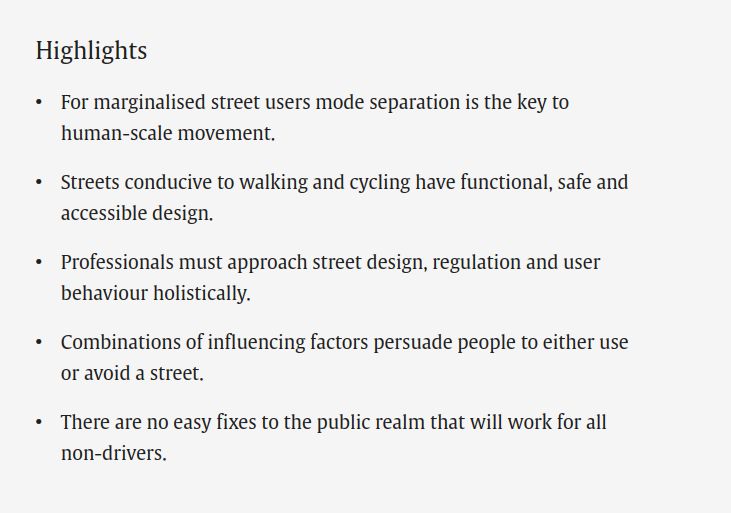Prof. Ian Walker
@ianwalker.bsky.social
18K followers
2.1K following
2.7K posts
Environmental psychologist: transport, energy, water, buildings @locastproject.bsky.social. Head of Psychology, Swansea University 🏴. Charity trustee x2. My views
Guinness World Record for the fastest bicycle ride across Europe drianwalker.com
Posts
Media
Videos
Starter Packs
Pinned
Reposted by Prof. Ian Walker
Reposted by Prof. Ian Walker
Reposted by Prof. Ian Walker
Reposted by Prof. Ian Walker
Reposted by Prof. Ian Walker
Reposted by Prof. Ian Walker
















